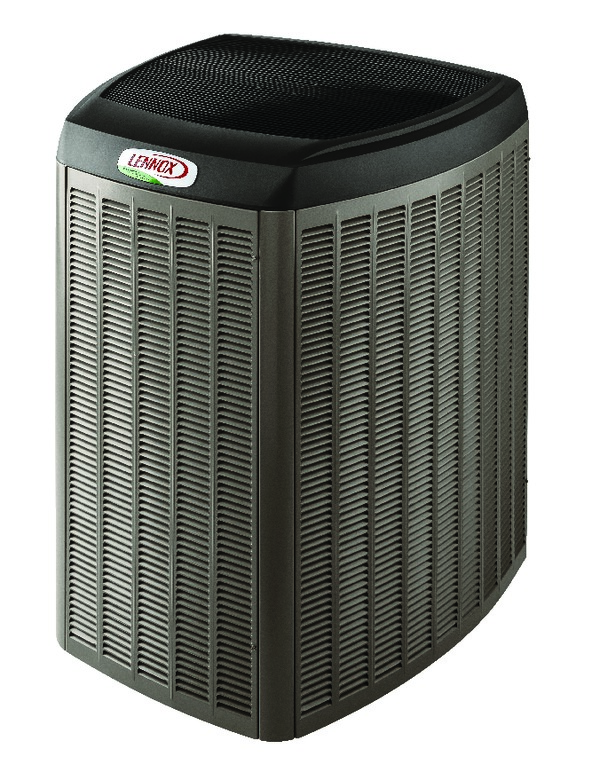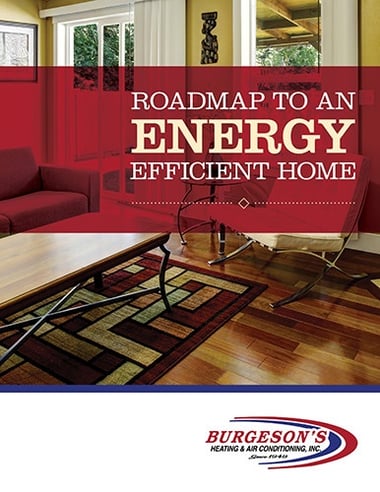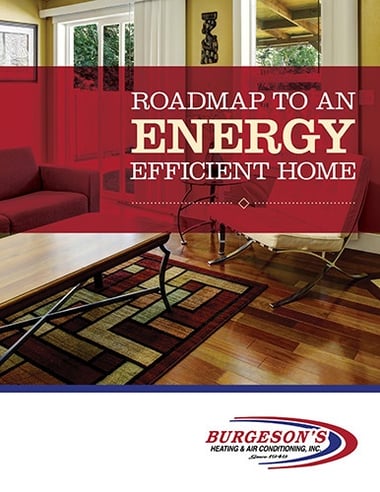When looking to buy a new air conditioner, shoppers may need further clarification on the yellow Energy Guide label. While the ratings are there for the consumers' benefit, ironically, they can be confusing to understand without a comprehensive explanation. An Energy Efficiency Ratio (EER) is one type of efficiency rating for cooling systems.
What is EER?
Introduced in 1975 by The Air Conditioning, Heating & Refrigeration Institute (AHRI), EER provides a much-needed appraisal for cooling systems. Nowadays, every cooling system features this useful classification which lists the amount of BTU's (British Thermal Unit) per hour that the equipment uses for each watt of power drawn. A BTU is a measurement of energy in heat. To explain it further, a BTU is the amount of heat needed to raise one pound of water by one degree Fahrenheit.
How is it Calculated?
AHRI makes its efficiency assessment with constant outside and inside temperatures (95 and 80 degrees, respectively) and a humidity level of 50%. For EER, AHRI does not consider seasonal temperature changes. For seasonal measurements, there is the Seasonal Energy Efficiency Ratio (SEER) which calculates how energy efficient an air conditioning unit is during the cooling season at different temperatures. An EER, however, is calculated from the BTU rating over the wattage. For example, if a 10,000-BTU air conditioning unit utilizes 1,000 watts, the ratio would be 10 (10,000 BTU/1,000 watts). In essence, a higher ratio means more cooling for less power.

The Benefits and Limitations of EER
As previously stated, AHRI measures efficiency at one high temperature. This means that the rating on your Energy Guide label is an easy and accurate way to gauge how your unit will operate during the peak cooling times in areas where it is 95 degrees Fahrenheit. For more moderate climates like coastal Southern California, an EER does not take into account fluctuating temperatures. When referring to this rating, however, you are looking at an objective, set standard which you can use to compare cooling units from different makers. Essentially, products with a higher rating reduce a homeowner's energy bill in the long run. Especially in properties like office buildings that have an HVAC system constantly running, choosing an appropriate EER can mean big savings.
Need Help finding an AC unit for your home?
Now that you're all caught up with Energy Efficiency Ratios, you can begin shopping for a new air conditioner with the knowledge that the higher the rating, the more efficient it is. For more information on our high-rated air conditioners, contact us at (909) 792-2222.













